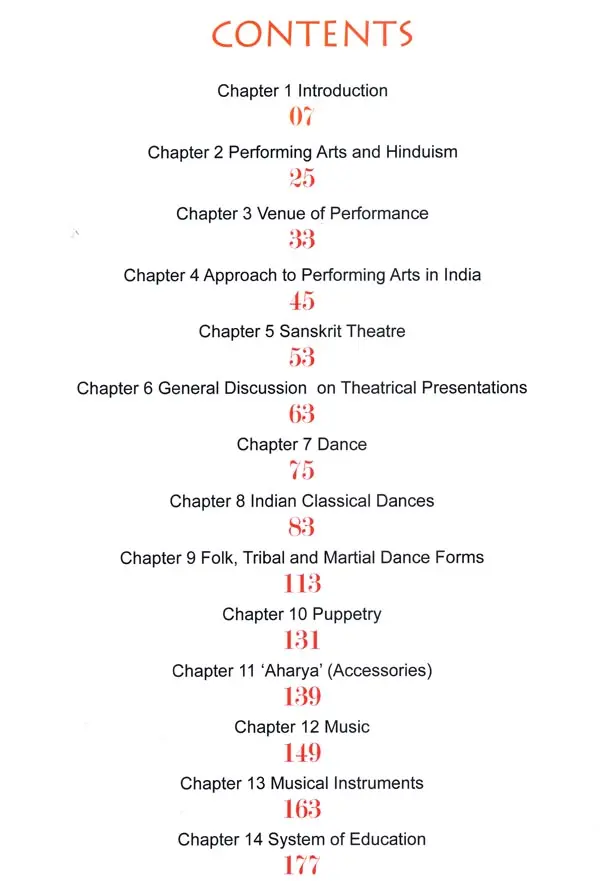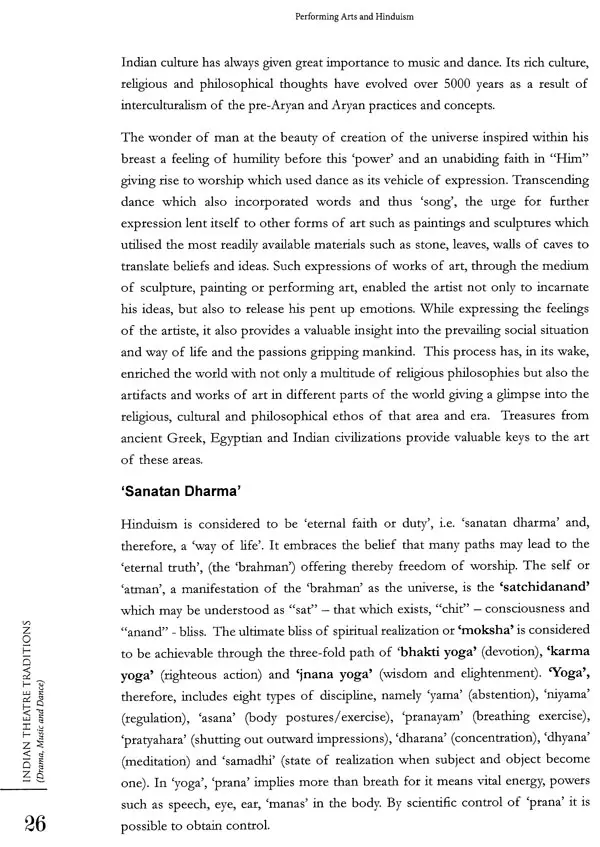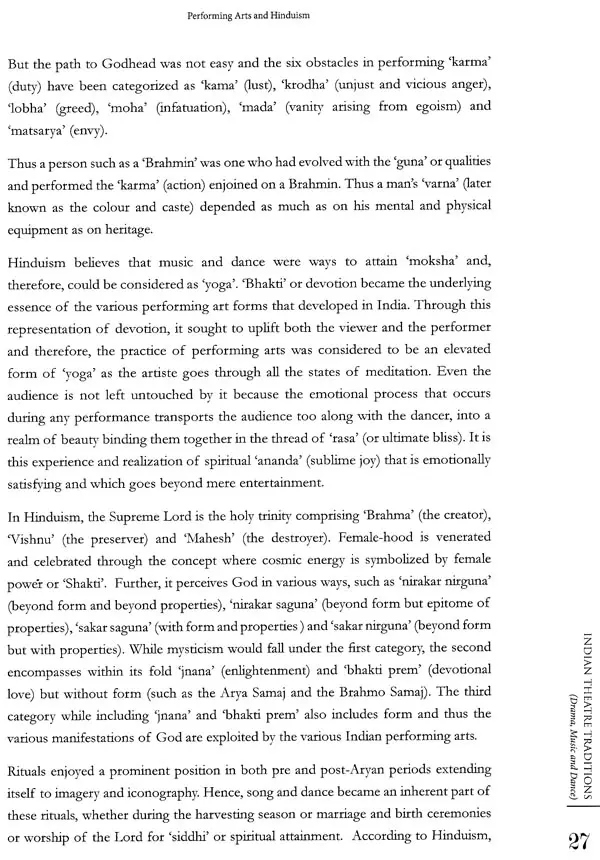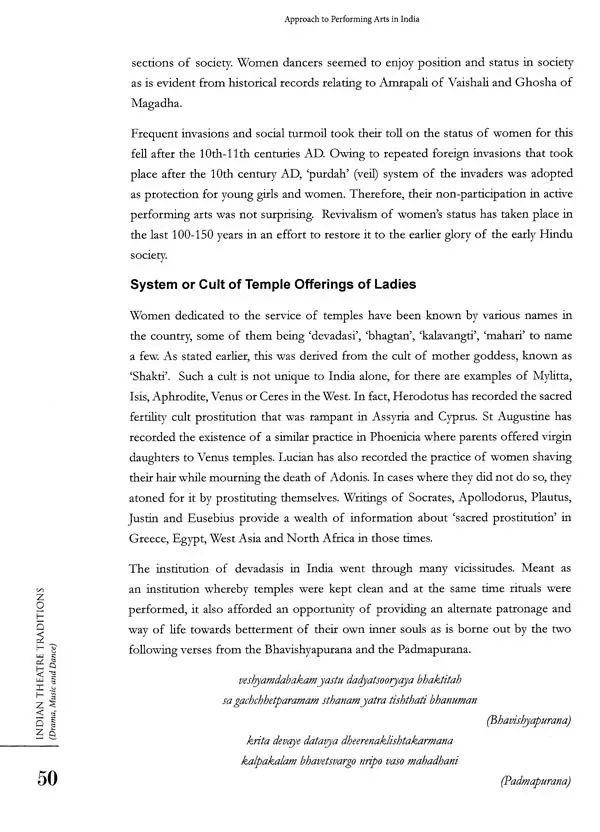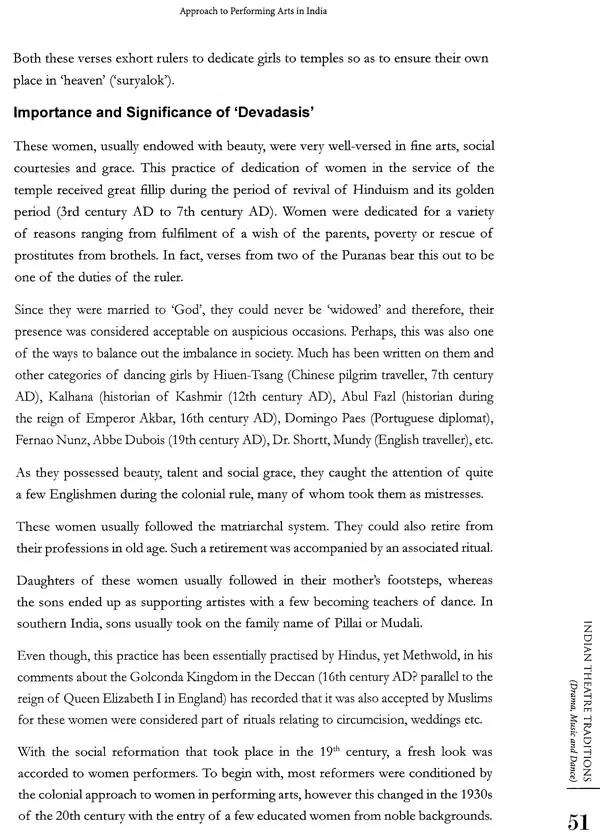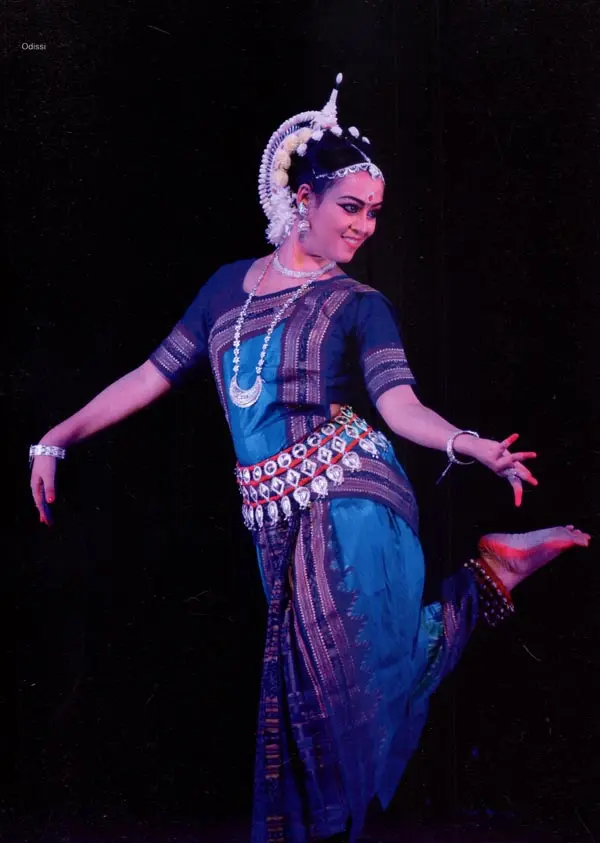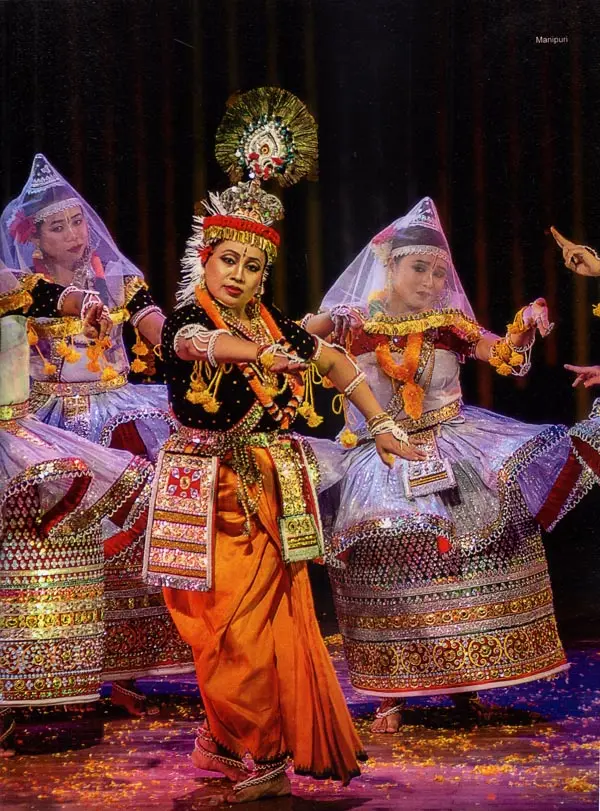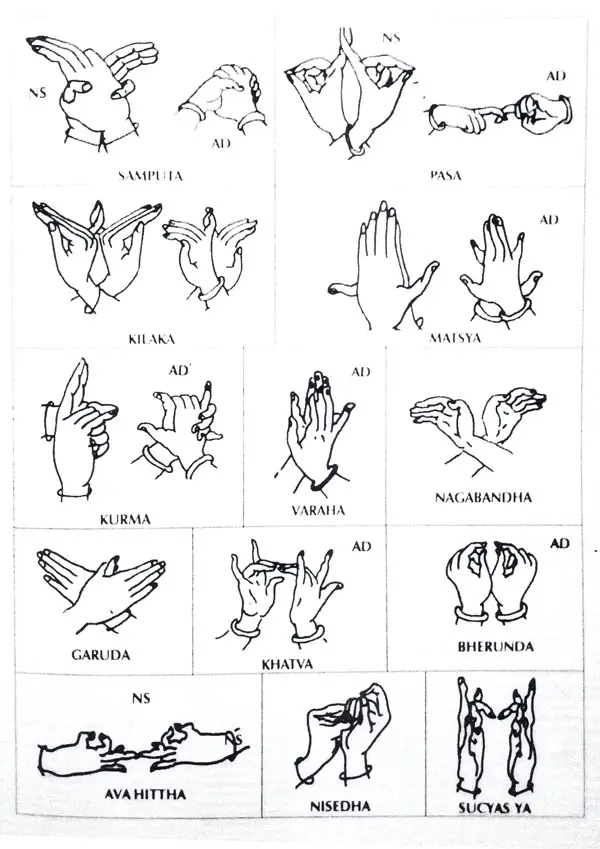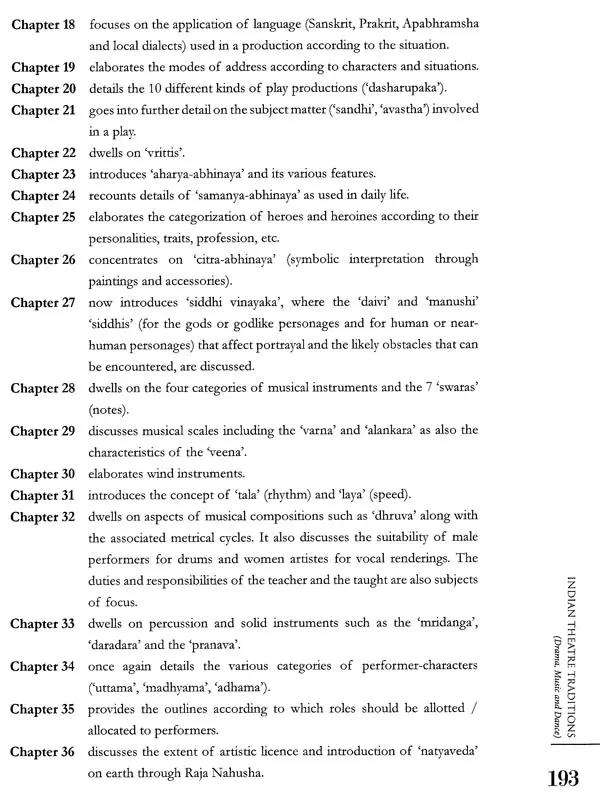
Indian Theatre Traditions Drama, Music and Dance
Book Specification
| Item Code: | UAD905 |
| Author: | Shovana Narayan |
| Publisher: | Shubhi Publications, Gurgaon |
| Language: | English |
| Edition: | 2019 |
| ISBN: | 9788182904835 |
| Pages: | 196 (Throughout Color and B/W Illustrations) |
| Cover: | HARDCOVER |
| Other Details | 11.50 X 8.50 inch |
| Weight | 1.02 kg |
Book Description
Spirituality forms the key element behind this tradition, in all its domain and representations. They rise above mere 'entertainment' or 'sensual enjoyment'. It is owing to this approach and belief that the practice of performing arts is perceived as one of the paths of meditation. To begin, the basic word 'OM', is none other than the sound of void or `shunya', of 'nothingness' or beyond all things. It is the sound of the infinite. Movement of particles in such a vacuum dances a 'dance' that according to physicist Schrodinger bears a close resemblance to the figure of `Natraj' in Hindu philosophy. Natarar, to elaborate, is the epithet given to Lord Shiva when he danced the awesome 'cosmic dance of creation'. Thus was born the philosophy of movements and dance and of spirituality in its perception. Also, from such a 'void' emanated the infinite 'music of the cosmos' called the `nad Brahman', which forms the basis of the Indian music system.
The Upanishads recognize the fact that not only are there many paths to attain Godhead or the Ultimate Truth but also that he is called by various names. In other words, `ekam sat viprah bahuda vadanti'.
Book's Contents and Sample Pages
